The surge in Artillery technology resulted in the construction of the three new Gun Batteries of three Gun Emplacements in 1898 and 1901. These housed the new 12 Pounder Quick Fire and 6 inch Breech Loading Guns replacing the older Rifle Muzzled Loaded Guns. But this wasn’t the only advance in technology to impact the Island. Searchlights had been deployed to the Island in 1895. One of the casemates converted with a ramp to allow access to searchlight position on the foreshore below the casemates and others as engine or generator rooms and fitter workshops and stores. Telephones lines were also laid not just back to the mainland but also within the Island allowing the Fire Command team to communicate directly to the gun positions by voice instead of relying on on trumpet calls – the Gunners used trumpeters not drummers. Trumpeters did remain on the Island as part of the Royal Artillery until the end of World War One presumably as a back up should the telephones fail. The enemy objective would be the Ships at anchor in the Sound or the Dockyard not the Island or other forts defending the Sound.

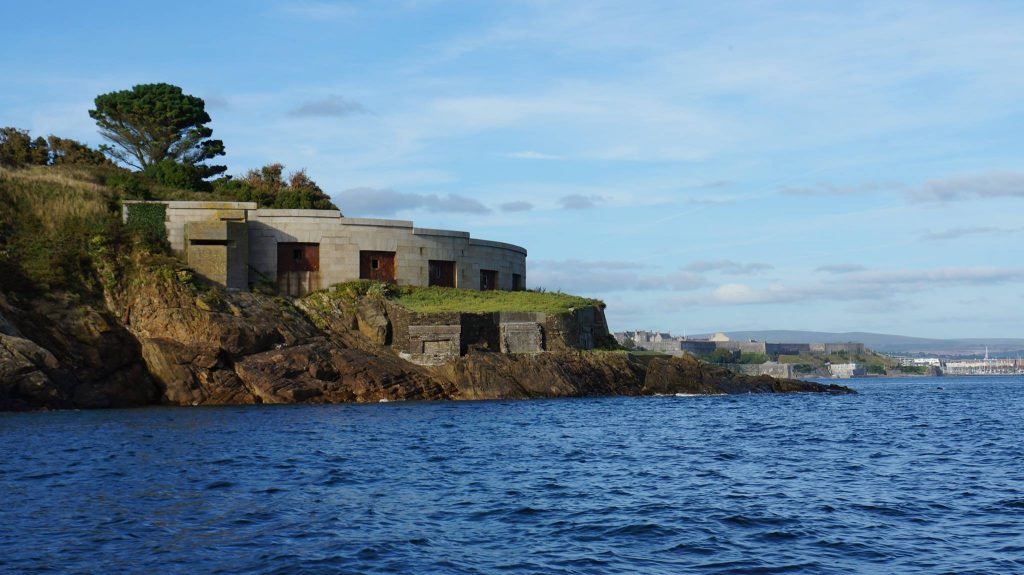
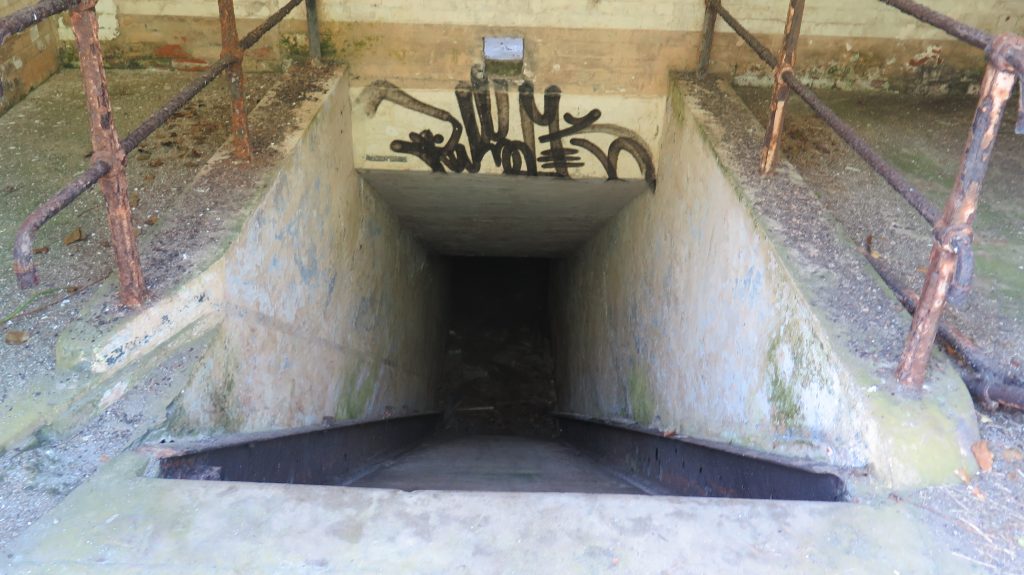
Both the Searchlights and signalling or telephones were developed and remained the responsibility of the Royal Engineers. The Royal Corps of Signals weren’t formed until 1920 from the Royal Engineers Signal Service. Drake’s Island was the start of the Inner line of Defences with Fort Bovisand, the Breakwater Fort and Fort Picklecombe being the Outer Line. What these developments meant for the Island was that not only were internal communications on the Island improved but the individual forts could now communicate quickly with each other through the central Plymouth Area Command. The Island would be alerted to enemy targets approaching the Outer lines. The Island would have it’s own lookouts posted in case any enemy ships slipped through the outer lines without being spotted. For the Island the enemy would have to come through one or other side of the breakwater so the enemy ships would be channelled into a limited approach. The searchlights sweep to acquire a target or targets if there were more than one small destroyer or torpedo boat attacking. If the enemy was being tracked by spotlights of the outer line then the Island searchlights would pick up that track as the enemy entered the area of the Sound the Island was responsible for. Once a target was spotted or its track picked up the Royal Engineer Electric Light Director and Battery Commander would need to work together. The Fire Command would give priority of targets if more than one ship was trying to get through. The Electric Light Director would pass orders to the Officer Commanding Electric Lights (OCEL) on which targets to track and the OC would decide which lights to use on which target or area of the Sound. The Battery Commanders teams worked out the range, direction and elevation to the target or targets. Once the calculations were done the information would be passed to the Fire Commander who would decide which gun or guns would fire. As there could be multiple fast moving targets fast communication was key to bringing effective fire to bear and destroy the enemy. Phone lines linked the look out posts to the command and control post which were in turn connected to the gun positions. Initially just a Battery Commanders Post was planned behind the shelter of the Centre Battery at the top of the Island with a telephone exchange installed into the retaining wall on the ramp leading up to the top of the Island.
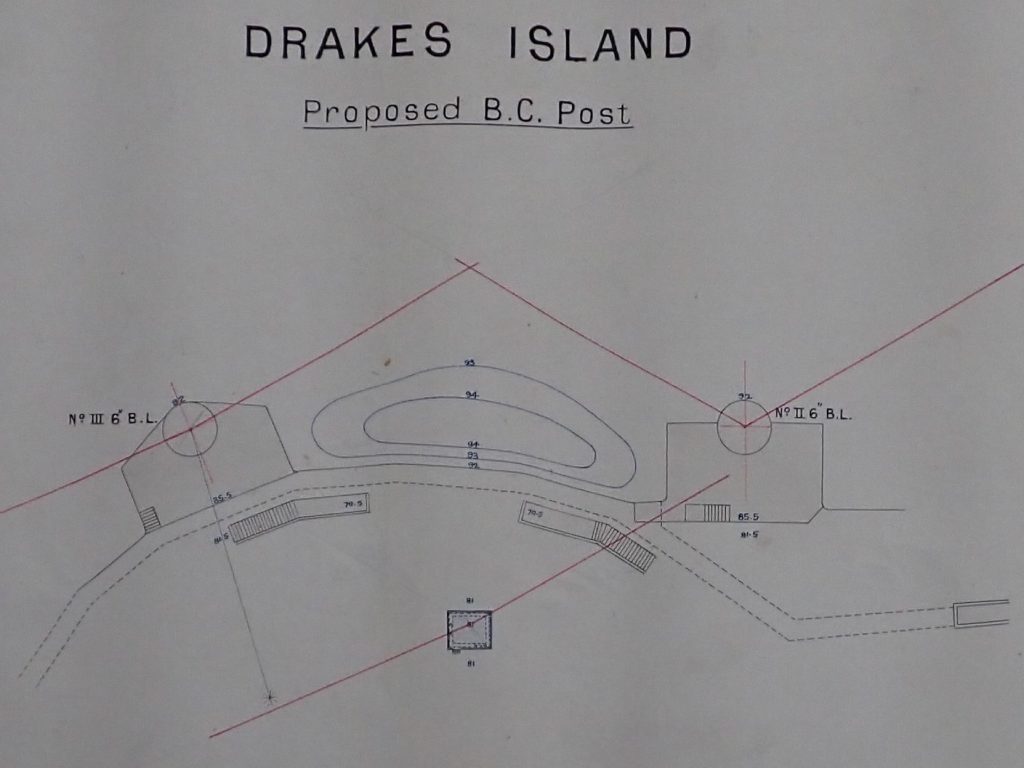
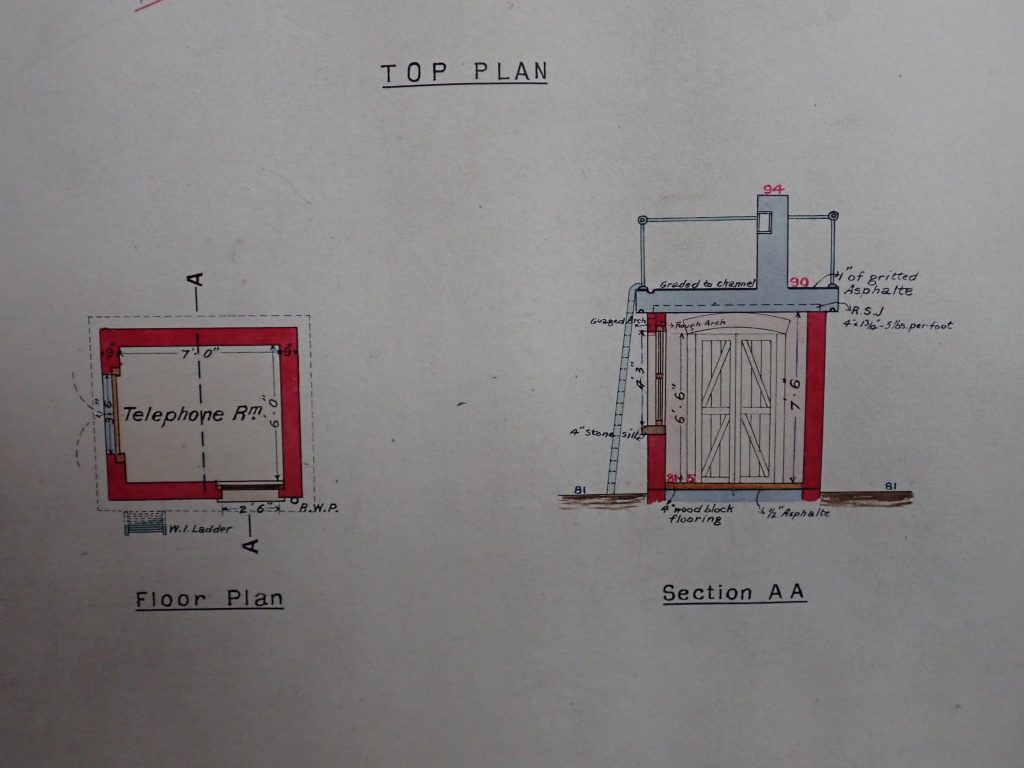

This arrangement would leave out two key components in the Command and Control Structure, the Electric Light Director and Fire Commander, In 1913 it was decided to put in a larger Command Building to co-locate all the three command teams, again at the top of the Island which would have the best overall view of the approaches the Island was to defend. The guns were located in the three new Batteries and a Battery in the casemates. The Royal Engineers designed the Command Post based on the Royal Artillery requirement. It was in place for World War One.

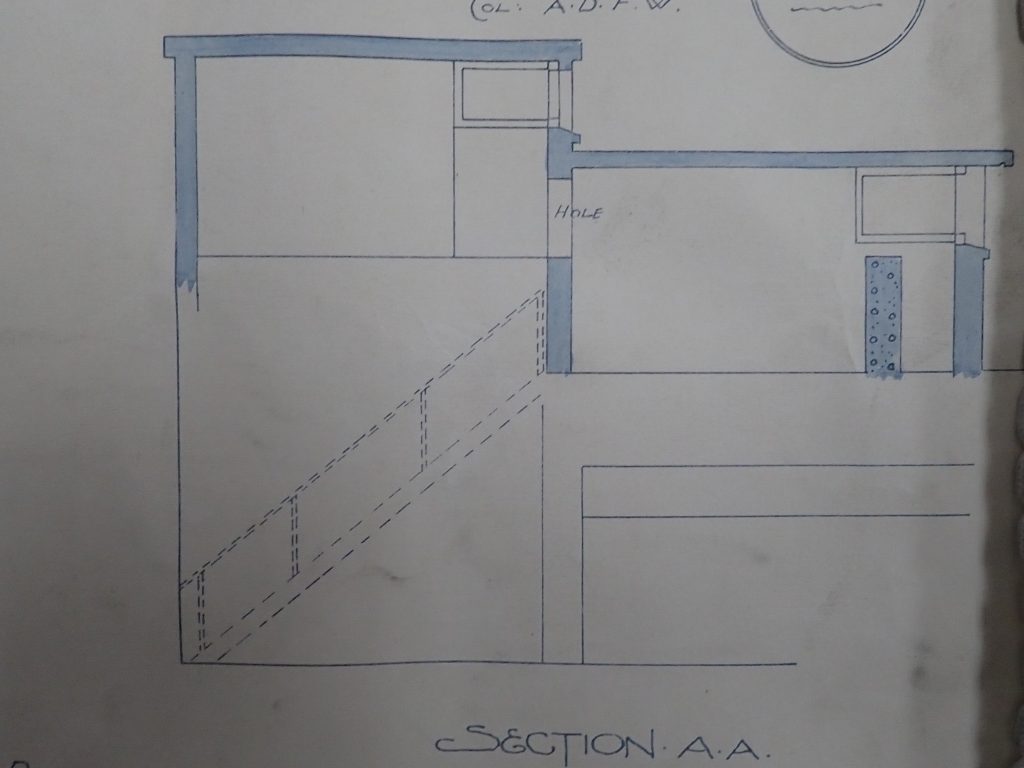
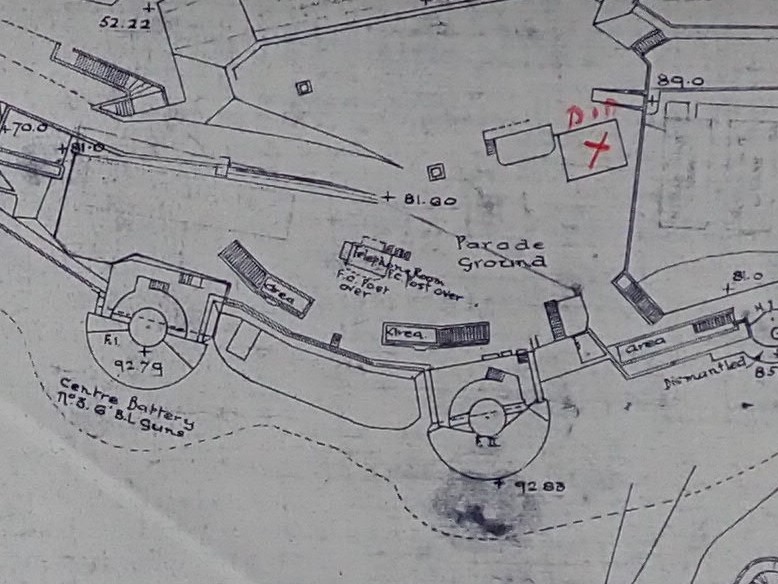
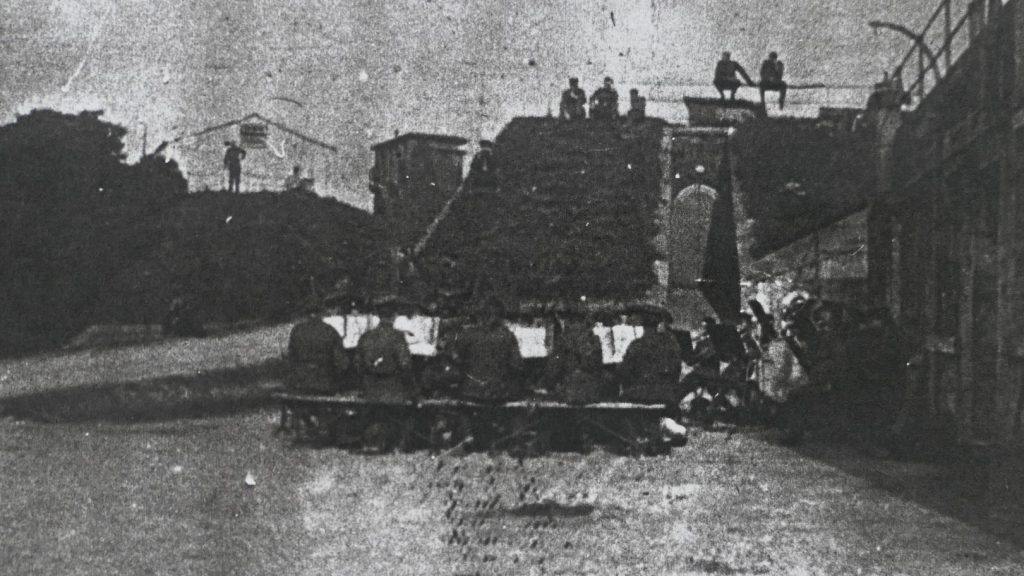
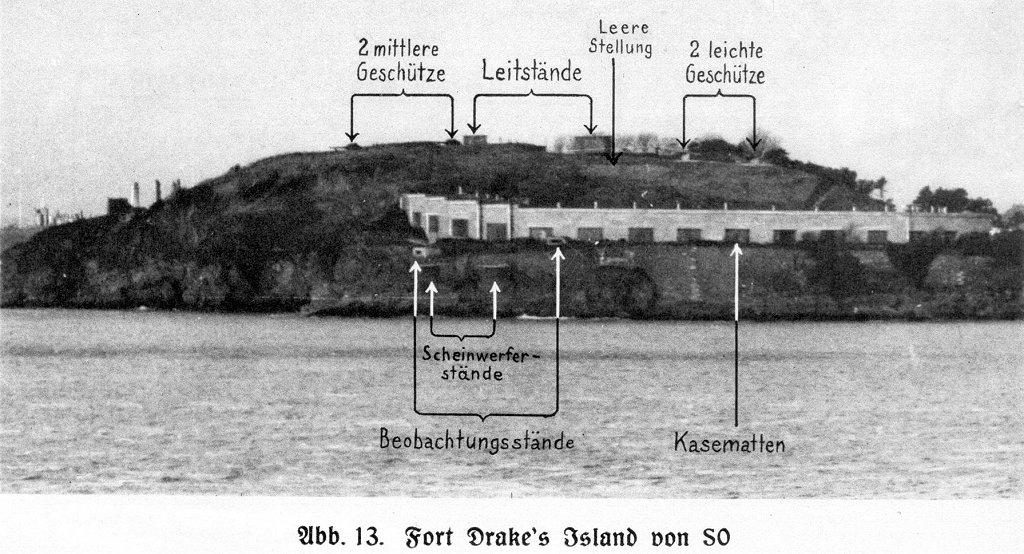
A lot had happened on the Island since the Palmerston Fort or Casemates were finished in 1871 and the guns arrived in 1872. They were obsolete within 30 years as guns changed from Muzzle loaded and taking 5 minutes to reload to breechloading that could fire 8 to 15 rounds per minute depending on the type of gun. At this stage searchlights started to be deployed to the Island and Trumpeters were replaced by phone and telegraph, Command and control was still decentralised until the building of the new Command and Control Centre in 1913. The advances were well tested with large annual exercises. The Royal Navy would use its small destroyers and Torpedo Boats as enemy to break through the Outer Line of defences, Fort Bovisand, the Breakwater Fort and Fort Picklecombe then test the Inner line of Defences starting with the Island. These attacks happened over a few days and was a great spectator sport with thousands watching from the Hoe. The searchlights on all the forts would work together lighting up the Sound and the guns from all the forts would use blank ammunition to fire at the enemy. Umpires at the forts would decide if ships were hit and damaged or sunk. The results would be published in the newspapers the following day which always resulted in a win for the defence!! In fairness though there were considerable defences to break through and all the forts had interlinked arcs of fire. The Royal Navy however also used civilian ships and placed guns or torpedo tubes on them and camouflaged to try and bluff their way through the defences. In fact the Navy used Q Ships which were disguised trawlers in World War One to lure U Boats into a surface engagement. What is also incredible is the people who designed and put all this in place were ordinary soldiers doing extraordinary things to make new technology work and whilst quite rightly we can remember the inventors it is ordinary people who make the technology work often in harsh and trying conditions.

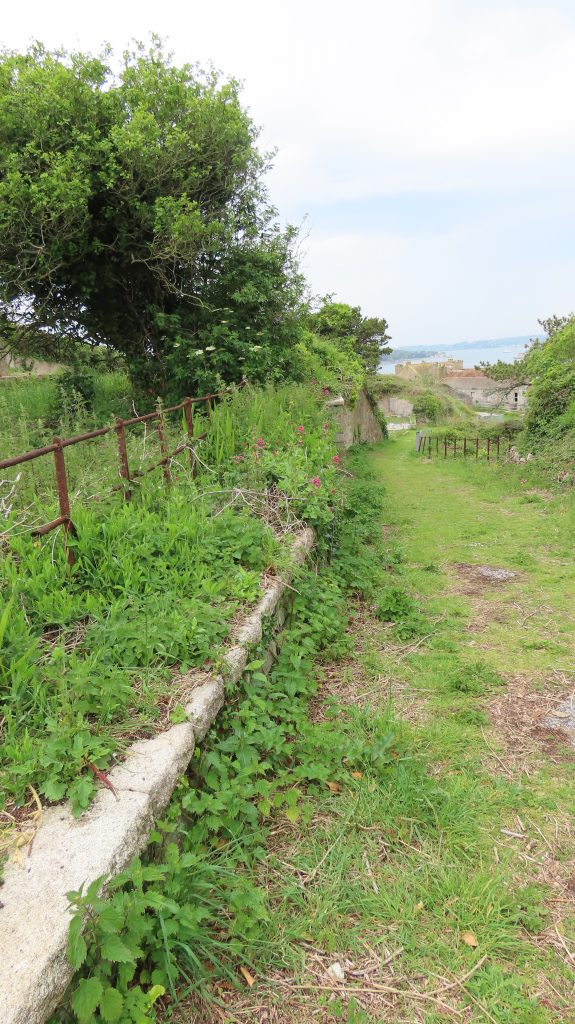
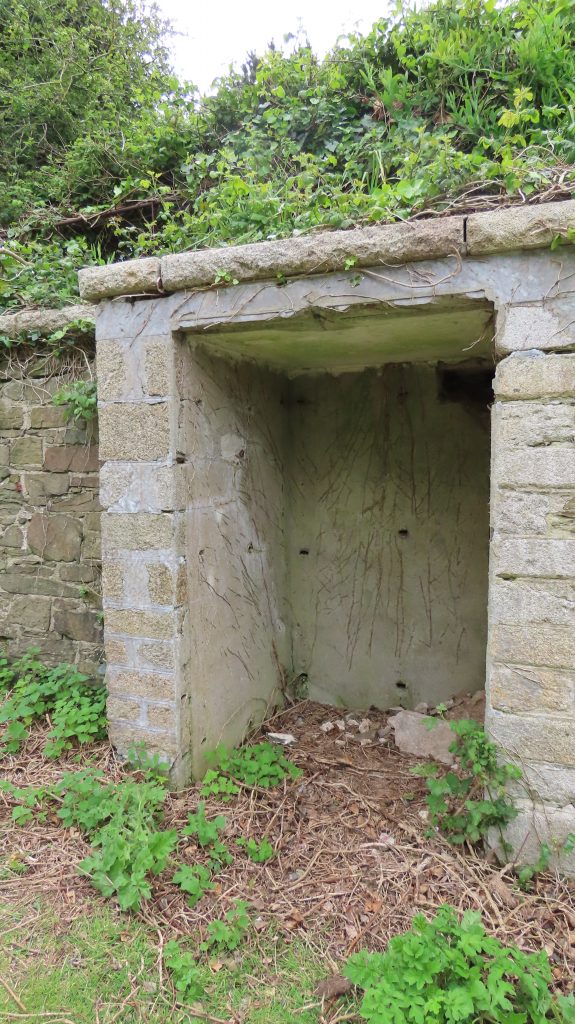
Hi Bob.. I’m hoping you may be able to help perhaps..
My grandfather Ernest Coombs was a Royal Engineer mannng searchlights during ww1, we believed on the breakwater.. now assume this was actually Drakes Island.,any info from anyone would be appreciated..thanks..